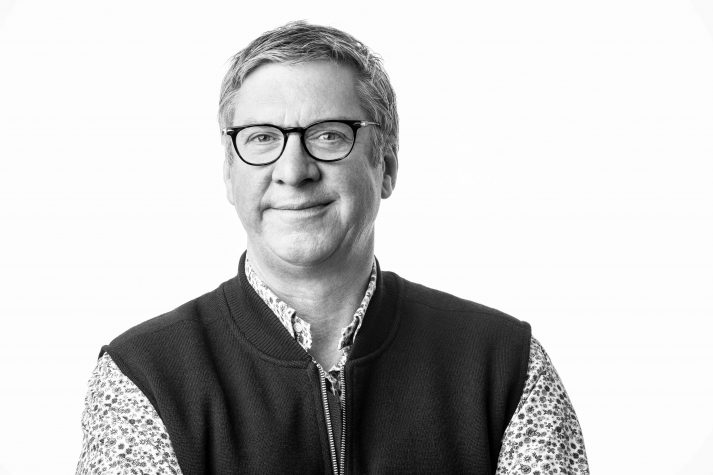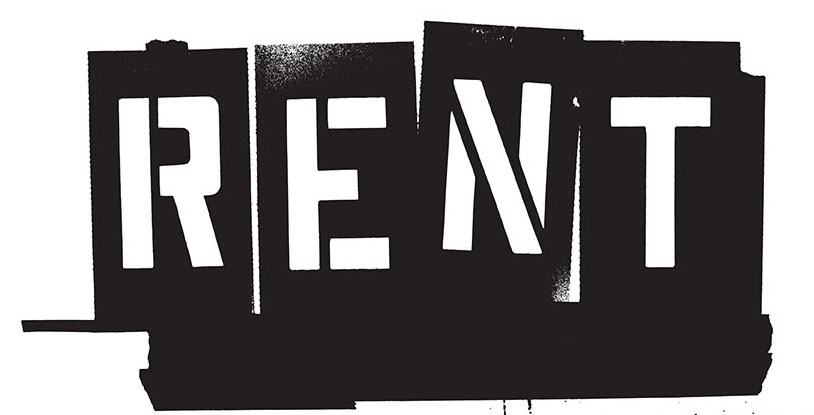Getting the Show on the Road
Creative director Drew Hodges on how to create a successful & brand campaign
“I have two design rules I have developed over the years that I try to always apply.”
MH+D asks Hodges to tell us more.
Q. Many designers feel they need to have a certain style. Would you say that this is critical to being a successful graphic designer?
A. Creating for what I call the event and evoking an emotional promise keep me from designing purely from a style place. Don’t get me wrong—I love style. I just want to understand my objective and then harness style to get me there.
Q. How do you develop a design that actually embodies the event? I would think designing the materials for a production like Hamilton or Rent would be an emotional struggle and just overwhelming in general.
A. In my process, the event is a term I use that describes how I want someone to recommend the project to another person. It is literally thinking about what is the most likely and passionate way someone will enjoy the project I’m working on, and asking how easy it is to share that thought with someone else. But the bedrock of this is that it simply must be true.
Marketing gets a bad rap for trying to convince people to view something a certain way—a glossy coat of paint that gets applied or, worse, a spin. I try very hard to take the best of something that can be communicated through word of mouth, and find a way to express it. I feel confident that people will self-select who will love that thing. They become my audience.
Q. Now for your second design secret. What is your “emotional promise”?
A. The emotional promise is a promise to the viewer that, if they buy a ticket to your thing, it will feel like “this.” I believe people want to know less about what is going to happen and more about how it will feel to be there. That was the tactic we used from the very beginning when we were working on Rent. Show the emotion, not the plot. And I find that, often, when a project doesn’t succeed, it’s because either the emotional promise was unclear or the project couldn’t actually deliver on the promise. Very rarely does a project fail because the audience for that thing you were promising was too small. People can fall in love with all kinds of things—stories they were unsure about actually interested them. You promise them how it will feel in your materials and then deliver on it. That way they will know what to expect, and be thrilled.
Q. What is the riskiest creative decision you have made so far?
A. Sometimes, what you are promising is simple: sex, laughter, starring Hugh Jackman. But often it is more complex. I showed a design to playwright Edward Albee for Who’s Afraid of Virginia Woolf, and he angrily told me, “My play is not about drinking.” Well, perhaps it’s not only about drinking, but drinking is a symbol of the emotional rot and the loss of control the play reveals.
We struggled with Hamilton. Lin-Manuel Miranda wanted to refer to it as hip-hop history. But I felt that referring to it that way might split the audience in half. If you love hip-hop, it’s likely history is less your focus, and the same in reverse.
Q. Did you, or do you, have a mentor?
A. I have many mentors, depending on the world I am trying to learn to swim in. For design, I was fortunate enough to have Paula Scher as my teacher, design mentor, and first and only boss in New York City. She is about as prominent as they come in the world of graphic design—you can learn from her in the Amazon series Abstract.
For Broadway, uber-producer Jeffrey Seller (Rent, Avenue Q, Hamilton) has been my friend and business mentor for almost 30 years. His advice always works for me and calms me when I am uncertain.
Jessica Tomlinson of MECA is my art and laughter mentor here in Maine. She knows everyone and everything in the Maine art and design scene, and somehow—while laughing, and often in a great hat—she guides and encourages me with my own fine art work and gets me to take risks.
And, finally, I have a mentor for everything else Maine. My good friend Eli Ellis is a boatbuilder/adventure vehicle designer and fine woodworker in Cushing where we have a house, and he has taught me just about everything I know about being a Mainer, like septic pumps, open-fire cooking, open-water rescues, artisanal brews, and music you can dance to under a full moon—with or without clothing.
 MH+D is proud to partner with acclaimed architectural photographer Trent Bell on his architecture, design, and photography podcast. To hear bell’s conversation with Hodges, please visit trentbell.com/podcast
MH+D is proud to partner with acclaimed architectural photographer Trent Bell on his architecture, design, and photography podcast. To hear bell’s conversation with Hodges, please visit trentbell.com/podcast



